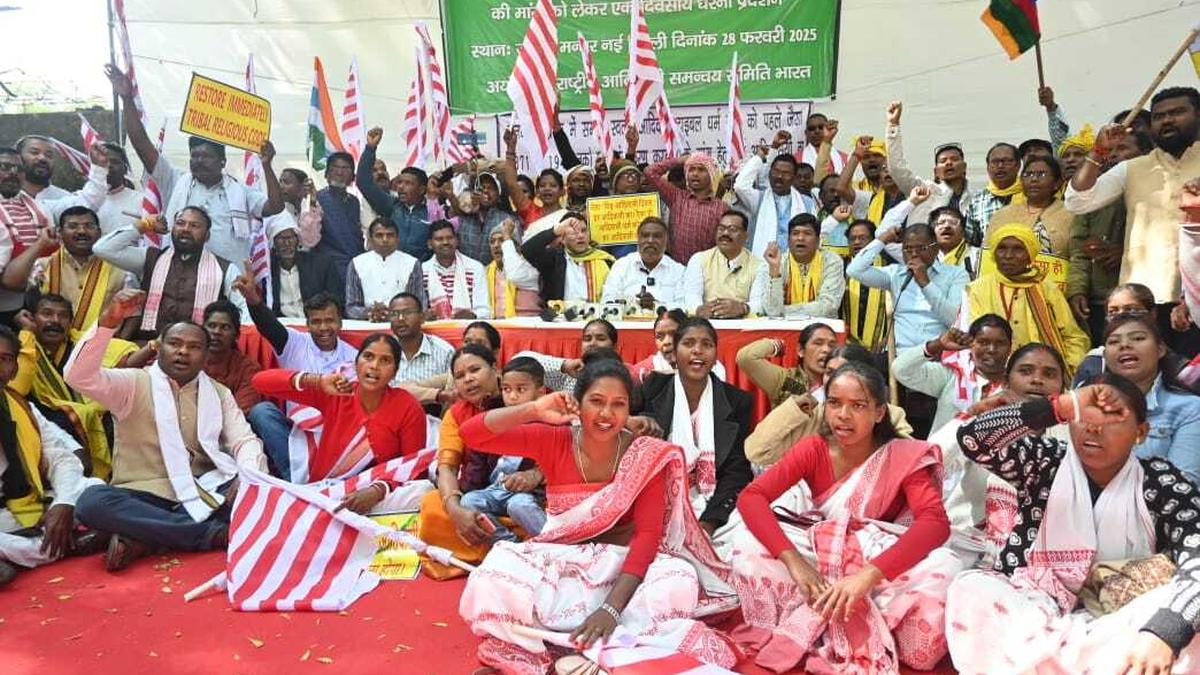What makes a tribe? Anthropologists propose a “spectrum” model over binary classification

IN NEWS:
What makes a tribe? Anthropologists propose a “spectrum” model over binary classification
Analysis
- Context:
- A paradigm shift is being discussed in how India defines “tribes”.
- Instead of a binary classification (tribe/non-tribe), top anthropologists propose assessing communities on a “spectrum of tribalness.”
- The idea was discussed at the Indian Anthropology Congress, attended by senior officials from the Anthropological Survey of India (AnSI) and the National Commission for Scheduled Tribes (NCST).
- Current System and Its Limitations:
- Present criteria are based on the Lokur Committee (1965)—
- Primitive traits
- Distinctive culture
- Geographical isolation
- Shyness of contact
- Backwardness
- Experts now consider these criteria “obsolete”, “derogatory”, and “meaningless” in the modern context.
- Few communities fully meet all five parameters.
- Present criteria are based on the Lokur Committee (1965)—
- Proposed Framework – ‘Degree of Tribalness’ Matrix:
- A new tool or scale could include up to 150 indicators to assess the “degree of tribalness”.
- Indicators may include both tangible (language, material culture, geography) and intangible (rituals, kinship, social institutions) characteristics.
- This matrix would allow classification based on a continuum, not rigid criteria.
- Institutional Role:
- The AnSI and NCST aim to provide structured guidelines for Ethnographic Reports (ER) prepared during inclusion/exclusion decisions for Scheduled Tribe status.
- The new approach aligns with constitutional mandates and may improve accuracy in policymaking.
- Background and Attempts at Reform:
- Over 756 entries exist in the current ST list; at least 27 communities were added since the 2011 Census.
- The Hrusikesh Panda Task Force (2014) earlier recommended updating the Lokur criteria — but the government decided to continue with the old system.
- Experts argue that adopting a “civilisational” approach, instead of a purely “evolutionary” one, would better reflect India’s socio-historical context.
- Significance:
- Could reduce inter-community tensions over ST inclusion.
- Offers a scientific and inclusive way to identify genuinely marginalized groups.
- Ensures recognition of diverse cultural and social realities across India’s regions.
Static Information (for UPSC Prelims & Mains)
- Lokur Committee (1965): Formed to define criteria for Scheduled Tribes; its framework still guides inclusion/exclusion.
- Constitutional Provision:
- Article 342 – President notifies Scheduled Tribes for each State/UT.
- Parliament can amend the list through legislation.
- Institutions Involved:
- Ministry of Tribal Affairs – nodal agency.
- National Commission for Scheduled Tribes (NCST) – Article 338A.
- Anthropological Survey of India (AnSI) – conducts ethnographic and cultural research.
- Example of Recent Demand:
- Meitei community (Manipur) demanded ST status, triggering ethnic conflict opposed by Kuki-Zo and Naga tribes.
Updated – 15 March 2025 ; 10:07 PM | The Hindu